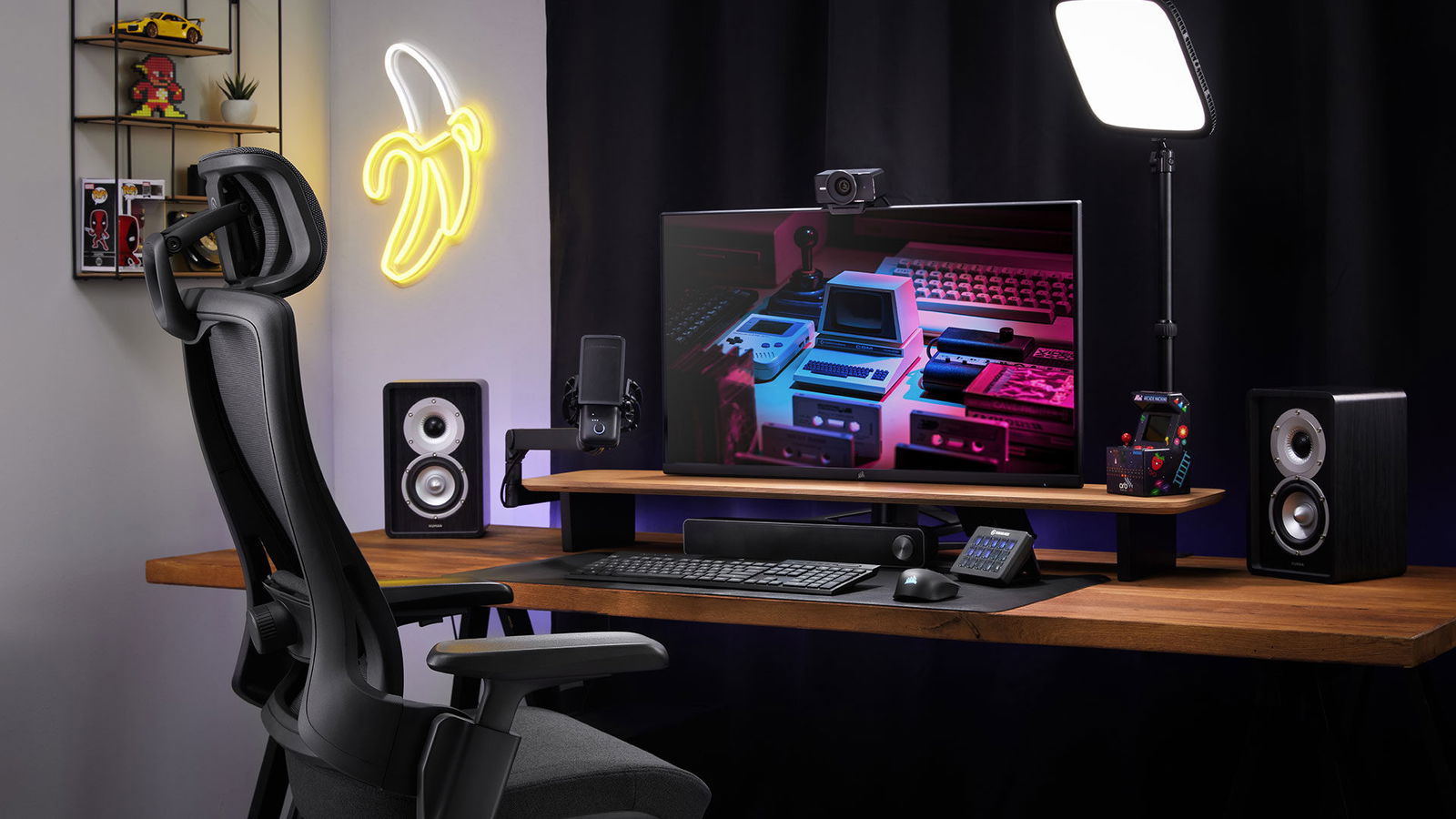When every second counts, a slow connection can turn victory into frustration. Whether you’re exploring vast open worlds, competing in ranked matches, or streaming your gameplay live, your internet speed can make or break the experience. But what does “fast enough” actually mean when it comes to gaming?
Below, we’ll unpack how much speed you really need, why stability often matters more than raw numbers, and how fast the internet has become essential not only for traditional gaming but also for digital entertainment.
The Importance of Fast Internet
A fast, stable connection is the backbone of modern gaming. It’s not just about downloading large files or updates; it’s about real-time interaction. Every time you shoot, dodge, or move in a multiplayer game, that data must travel to a server and back almost instantly. The smoother the exchange, the fairer and more enjoyable your match will be.
That same principle applies to other digital experiences built around precision and immediacy. For example, streaming services rely on a seamless connection so films and TV shows don’t buffer, and the same goes for streaming music or podcasts. In online gaming, speed plays a key role, not only in gameplay but also in transactions.
Many modern online casino sites now feature same day withdrawals, enabling users to access winnings within hours instead of days. With trusted payment systems and tighter verification, players enjoy faster access to their money and a more seamless overall experience. However, just as a low-latency connection keeps gamers competitive, a fast connection is needed to ensure these processes are quick and to keep digital entertainment efficient and frustration-free.
Ultimately, fast internet isn’t only about speed; it’s about maintaining momentum. When every click, bet, or action happens without delay, you stay in control of your experience.

What Speed Do You Actually Need?
When people ask how fast their internet should be for gaming, they’re often surprised to learn that bandwidth (measured in megabits per second, or Mbps) isn’t the main issue. Most online games use very little data, usually 1–5 Mbps during active play. What matters most is latency, often called ping.
Ping measures the time it takes for your action to reach the game server and return a response. Anything under 50 milliseconds is considered excellent; 50–100 ms is average; beyond 150 ms, you’ll start to feel lag. Imagine pressing a button to shoot in a first-person shooter, and the shot registers half a second later; that’s high latency at work.
Still, bandwidth does matter if you’re gaming while streaming, downloading updates, or sharing a household with others. For a single player, 25 Mbps is typically fine. For families or roommates using multiple devices, aim for 100 Mbps or higher. This ensures everyone can play, stream, or video call without bottlenecks.
The Role of Stability and Ping in Competitive Play
In competitive gaming, whether that’s Fortnite, Valorant, or FIFA, stability is everything. A brief internet drop or spike in latency can mean missing a critical moment. That’s why professionals and streamers often use wired Ethernet connections instead of Wi-Fi, which can suffer from interference.
Think of it like a live concert feed: even a slight delay between audio and video ruins the rhythm. The same goes for gaming. High ping creates desynchronization between what you see and what’s happening in real time, giving opponents an unfair edge.
Some players invest in gaming routers or Quality-of-Service (QoS) server settings that prioritize gaming traffic. Others opt for fibre-optic internet, which offers lower latency and symmetrical upload/download speeds, ideal for live streaming on platforms like Twitch or YouTube.
Downloading, Streaming, and Cloud Gaming
While gameplay itself doesn’t demand huge speeds, downloading and streaming are a different story. Modern games regularly exceed 100 GB, meaning a slow connection can turn setup into an overnight chore. A 500 Mbps connection can download that in under half an hour; a 50 Mbps line might take three hours or more.
Streaming adds another layer. If you’re broadcasting your gameplay in 1080p, you’ll need at least 5 Mbps upload speed; for 4K, closer to 20 Mbps. Cloud gaming services like Xbox Cloud Gaming or NVIDIA GeForce Now are even more demanding. Since the game runs remotely, every frame is streamed to your screen. For smooth 1080p cloud play, you’ll want at least 25 Mbps and a ping under 40 ms.
When Speed Makes the Difference
Consider competitive racer Max Verstappen, who quit a virtual 24-hour event after a server issue caused a disconnect, proof that even elite players can’t outrun lag. eSports organizers spend heavily on network reliability for the same reason: one hiccup can cost results and prize money.
At home, the effect is quieter but real. One player on 1 Gbps fibre finishes a huge update in minutes; another on basic DSL waits close to an hour. Over time, that gap shapes habits. Faster setups mean more play, less frustration, and fewer technical snags. In gaming, streaming, and other digital pastimes, instant and reliability have become the baseline; delays are deal-breakers.



